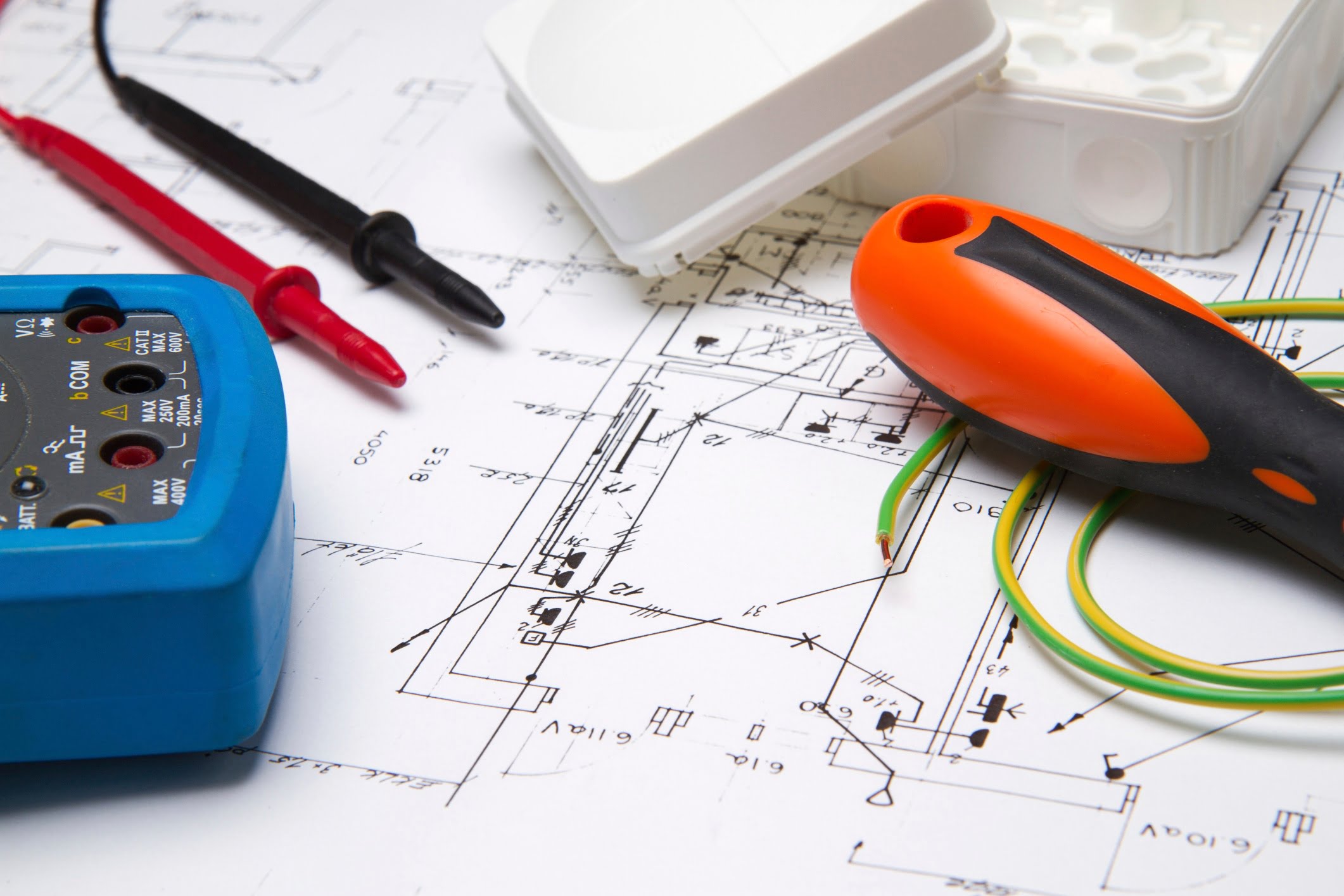How to Design an Electrical Enclosure for Future Growth

During the life of an electrical enclosure, it’s fairly certain alterations will be made to accommodate changing requirements. Sometimes these changes are minor, but in other circumstances, it’s necessary to make major alterations to cater to plant expansion. In any event, it is always good engineering practice to size electrical enclosures to allow a certain degree of expansion.
Of course this will increase initial costs because of the need to buy a larger enclosure, but in the long term you will save by avoiding the expense of a second enclosure. Bear in mind that it’s not just a case of buying a larger enclosure; the cabinet layout needs to allow for the additional equipment, and the enclosure cooling design must take future requirements into consideration.
Timing
The timing of the potential expansion needs to be considered. If it’s to be in the next year or so, then there’s a degree of certainty over what’s required, and it’s easy to factor this into the enclosure design. On the other hand, it’s more difficult to anticipate requirements for upgrades that will take place several years down the track.
When plans are definite, it is appropriate to size the enclosure cooling solution for these needs. Alternatively, when the future requirements are not that clear, it may make sense to install a smaller enclosure cooling solution now and upgrade it later.
Equipment Layout
It’s common practice to segregate equipment according to its function, and it is logical to continue with this philosophy when allowing for future growth. As variable frequency drives (VFDs) are renowned for the amount of heat they generate, they need to receive a good supply of cool air; it’s best to place them near the cold air inlet. Allow extra space adjacent to the VFDs for additional drives.
The modular design of PLCs means that it’s relatively easy to add new functions. Because some PLCs use an extendable chassis, it may help to purchase an extension chassis upfront, particularly when future expansion plans have been formulated. Conversely, when future plans have not crystallized, it may be easier to simply provide space for an additional PLC.
Other important factors to consider are providing adequate space for additional cableways, terminal blocks and conduits. Because it’s more difficult to work on an existing enclosure, it helps to choose a wider enclosure to provide adequate space for additional terminal blocks and cable entry points. Such an approach assists in optimizing the cooling circuit for VFDs, which can be located side-by-side and close to a side-mounted cooler
Design of Cooling Solution
As with any enclosure cooling design, the first step is to estimate the current and future heat loads and use these figures to establish the ideal enclosure cooling solution for each scenario using an online enclosure temperature management calculator. Apart from calculating the capacity of the cooling solution, it will also show which of the three cooling options are viable: filtered fans, air to air heat exchanger, or enclosure air conditioner. The correctly sized enclosure cooler can then be selected.
Although in most instances it will be possible to select one cooler that is suitable for both current and future cooling requirements, it may be advisable to check with the manufacturer to determine that there will be no problems with overcooling, because not all air conditioners can handle wide variations in heat load.
If the difference in cooling capacity between the current and future scenarios is significant, it might be wiser to install an enclosure cooler that is matched to the current heat load and upgrade it when the electrical enclosure is expanded. If necessary, a universal mounting plate can be used to accommodate mounting differences, but another way to accommodate this is to choose units that have the same installation templates.
Designing for Future Expansion Reduces Enclosure Costs
Although slightly more complicated, it makes economic sense to design electrical enclosures for future expansion. Apart from avoiding the expense of a second enclosure, it’s often possible to install an enclosure cooling solution that has adequate capacity to meet current and future cooling requirements. In many instances, the same Thermal Edge air conditioner can be used because the thermal expansion valve can handle a wide load range. To find out more about choosing an enclosure cooling solution that is suited for future expansion, speak to our Sales Team.

